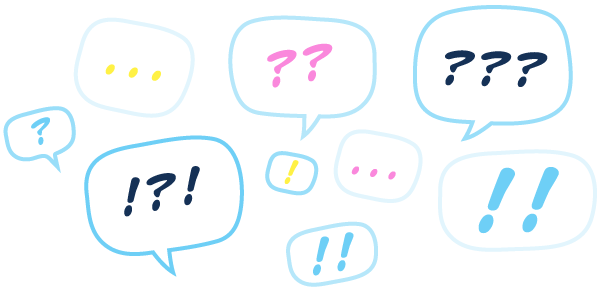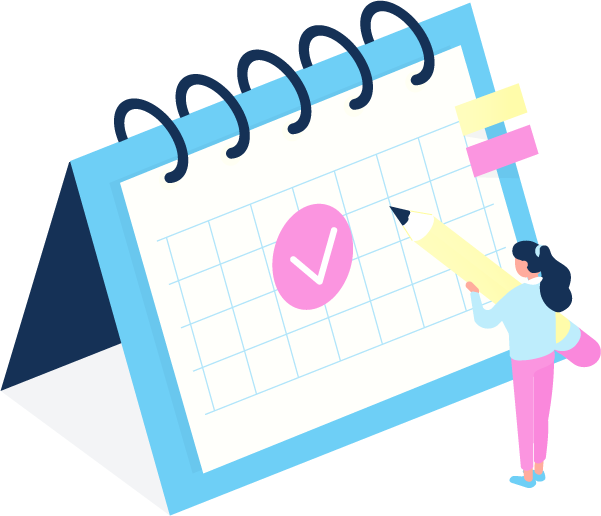Have you ever left a virtual meeting scratching your head in confusion or frustrated by the lack of progress? Meetings are an essential part of effective team collaboration, but when participants come unprepared or disorganized, main discussion points are side-tracked and minutes tick by without any decisions or resolutions.

While you can replace some virtual meetings with emails — project status updates for example — others are necessary. And when a meeting with your remote teams is a must, a well-crafted meeting agenda will help you keep the ball rolling.
What is a Meeting Agenda?
You have probably come across a meeting agenda at one point or another. It’s a list of goals or tasks that participants are hoping to accomplish during the meeting. An agenda serves several purposes. For clarity, let’s list them out:

- It gives meeting attendees prior notice of what will be discussed
- It sets clear expectations of what needs to be accomplished
- It keeps the participants focused on the topic at hand
- It sets the pace of the meeting
- It acts as a time management tool
You don’t want your teams spending all their time in lengthy meetings going over minute details or sharing non-urgent updates that could have been an email. When written correctly, a meeting agenda can prevent these unproductive forums. Whether your meeting is a large company-wide town hall, or a small team discussion, an agenda is the best way to stay on track and utilize the time allotted.
We keep talking about how great an agenda is for virtual meetings, let’s get into how to write a good one.
How to Write an Effective Virtual Meeting Agenda
Writing a meeting agenda may seem like a simple task, but an agenda you slap together at the last minute delivers little value. Here are some points to consider when crafting your agenda.
Make Objectives Clear
Provide a quick overview of what the meeting will cover without going into too much detail. Do you want to share an update with your team? Do you need your coworker’s input on a project? Do you need to choose a benefits package? If you provide your colleagues with straightforward goals, you’re more likely to achieve objectives faster.
List Agenda Topics as Questions or Tasks
This is a rule of thumb for good writing in general but avoid using vague language. You want to get your purpose across. An agenda is an outline, not a novel. After you introduce a key item, add support questions or tasks. For example, if you want to discuss a proposal for next year’s sales targets, be clear about what information you need.
State Expectations and Responsibilities
Few people appreciate surprise questions during a meeting. If you want your colleagues to prepare anything in advance, let them know. If you want someone on your team to provide context for a topic or explain some data, let them know. Your teammates will thank you.
When creating an agenda, it’s also important to be clear about who should handle which tasks. Adding your teammates names after an action item will let them know what they are accountable for and grab their attention.
Plan for a Realistic Amount of Time for Each Topic
If the phrase “we’re over our time limit” doesn’t send shivers down your spine, consider yourself lucky. Most of us have heard this phrase before and many virtual meetings run past their scheduled end time. A common culprit is overpacking a meeting agenda with too many items and underestimating the time it takes to go through them all.
Be realistic. If you want the discussions to be meaningful, plan for a longer meeting. If you want some quick feedback, have the time limit match the objective. Consider how much time it takes to introduce a topic, answer questions, weigh solutions and agree on follow-up actions.
Logistics
Virtual meetings add an extra layer of complexity. Not all meeting participants are in the same room or time zone. When preparing a virtual meeting agenda, always include the date, time and meeting link on the agenda. Attendees often need to have quick access to these details. While they can always refer to the calendar invite, having a second reference doesn’t hurt. Also, think about when you’re going to send your agenda out. What good is an agenda sent the morning of a meeting? For best practice, send out your meeting agenda at least 24 hours before so participants have time to review and prepare.
Use the 2/3 Rule
When you write out your meeting agenda, make sure every person in the meeting is involved in at least two of the three items that are being discussed. That way, people don’t feel like a wallflower sitting in on a meeting where they’re not needed. When you invite participants who are actively involved in the project you’re more likely to gain useful feedback and ensure goals and deadlines are met.
Get Feedback from Your Team
Is your agenda missing a key element? Does your team have more info that affects a potential outcome? If you want your team engaged during the meeting, seek out their feedback and consider including their suggestions in your agenda. Collaboration is even easier when you have the right tools.

For example, if you’re using Webex, you can create a chat, share the meeting agenda, @-mention participants and invite them to share their input. Webex allows you to exchange feedback with teammates, colleagues and even those outside your organization.
Agenda Examples
In the end, good meetings take solid preparation and clear communication. Let’s take a look at a few examples of virtual meeting agendas.
Marketing Team Meeting
Date:
Time:
Attendees: Josh, Kat, Margie
Meeting Objective: Develop our content marketing strategy for next year
Meeting Prep: Look over last year performance and competitors content strategies
Agenda
- Review previous year’s performance (15 mins) *Josh
- Share topics requested by the sales team (10 min) *Margie
- Share content strategies for next year (15 mins) *Kat
- Discuss timeline for content strategy (15 mins) *Kat
- Vote on content strategy (5 mins)
Notes and Outcomes:
Next Steps:
What good is an agenda if you send it out the day of? For best practice, send out your meeting agenda at least 24 hours before so participants have time to review and prepare.
Sales Campaign
Participants:
Action Items: (New goals or previous action items)
Task 1
Task 2
Task 3
Things That Went Well:
Things to Work On:
Future Action Items:
Task 1
Task 2
Task 3
Virtual meeting agendas can come in all formats and sizes. By creating a simple outline of key topics and tasks and sharing it with your colleagues, you eliminate confusion and set the tone for the meeting. Plus, clear direction leads to shorter but more effective meetings.
Get Out There and Get Things Done
Now that we have discussed the purpose of a meeting agenda, how to craft a well-designed template and showcased a couple of samples, it’s time to get out there and create your own. A good meeting agenda is the gift that keeps on giving. We want you to have everything you need to keep your teams communicating and collaborating the right way. Happy meeting!





